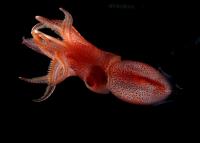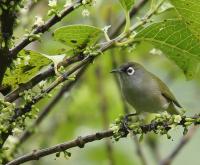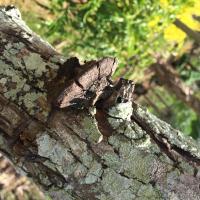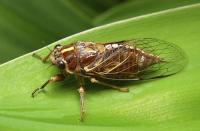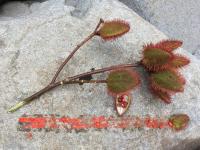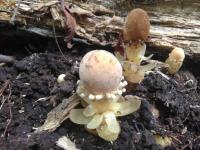An example search has returned 100 entries
huine
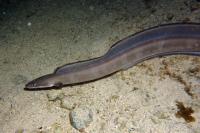
kapri iapri
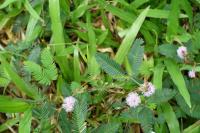
karwase

n.
Example: When parents go away to a feast or garden, children take a pile of soil 12 in. diameter, put this flower on top, surround wth some ashes and then hide in the house to wait to see if the dwarf spirit appears (Karwase Haruase). Sometimes the spirit will come and then scare the children. Ancestors used these spirits and games to teach children to stay together and not wander alone. As the dwarf spirit will take you.
bookmarkkmtameta, tanpiteu
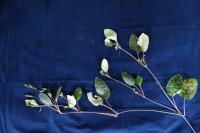
n.
Example: When a person has diarrhea with blood (dysentery) , this is the plant medicine used to treat it. Take leaves and squeeze juice into a cup of water and give this to the person who is ill. One teaspoon for young children and for an adult 1 full cup in the morning each day until fully cured.
bookmarkkmtameta, tanpiteu

n.
Example: When a person has diarrhea with blood (dysentery) , this is the plant medicine used to treat it. Take leaves and squeeze juice into a cup of water and give this to the person who is ill. One teaspoon for young children and for an adult 1 full cup in the morning each day until fully cured.
bookmarkkonphar
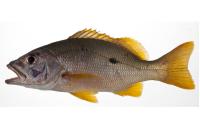
Example: Photo by Jeffrey T. Williams / Smithsonian Institution, License: CC BY-SA 3.0 via Fishes of Australia
bookmarkkonuwak arwerew
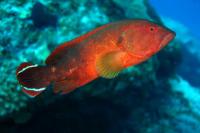
Example: Photo by Digital Archives of Taiwan / via catalog.digitalarchi License: CC BY-NC 3.0 via Fishes of Australia
bookmarkkwanatis
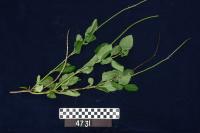
makhum
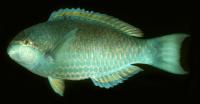
nangai
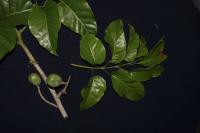
[naŋe] n.
Example: Fruits have edible seeds. To prepare, sun dry the fruits, break kernal and roast or boil the nut inside. Is a common food plant. The wood makes good timber. The latex can be collected, put in a tin and then heated over a fire. It turns black and can be used as black paint. It also smells nice when heated.
bookmarknanmi nevau
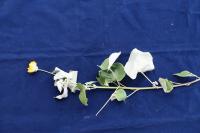
naturan
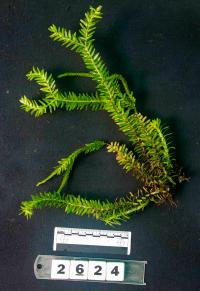
nawirek
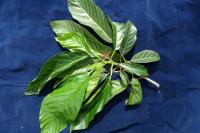
n.
Example: When there are too many rats in house, put a layer of leaves underneath a piece of food in the corner of the house. When the rat steps on the leaf, as the underside is itchy, it will swell the leg of the rat, making it hard for him to move so you can find them in the morning and kill them easily.
bookmarkneapar
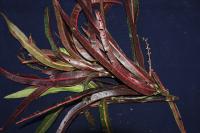
nekavai

neparum
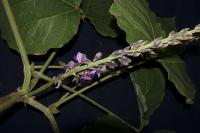
nipina
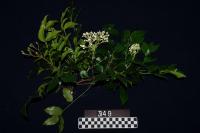
nisai-apran
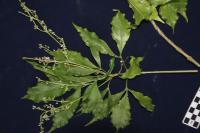
[nisi apram] n.
Example: The leaves of this plant are used to make a women’s grass skirt. Men use these leaves to put in a band around the arm as decoration. For kastom ceremony, take coconut endosperm, chew with this leave and covery body. It makes the body smell very nice. When a person has a fever, mix this leaf with other leaves including Annona muricata and Citrus species. Then the person sits over a steaming pot and inhales it to reduce the fever and symptoms. If you need to go to a "tabu" place, where the spirit can make you sick, a person can bathe with the leaves of this plant ...
bookmarknisai-apran

n.
Example: The leaves of this plant are used to make a women’s grass skirt. Men use these leaves to put in a band around the arm as decoration. For kastom ceremony, take coconut endosperm, chew with this leave and covery body. It makes the body smell very nice. When a person has a fever, mix this leaf with other leaves including Annona muricata and Citrus species. Then the person sits over a steaming pot and inhales it to reduce the fever and symptoms. If you need to go to a "tabu" place, where the spirit can make you sick, a person can bathe with the leaves of this plant and can go anywh
bookmarknkhaourakou
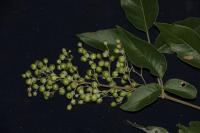
nkhaourakou

noawatikerehy
pagaivii amramera sarariman
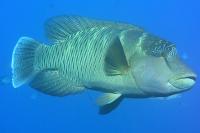
Example: Photo by Anne Hoggett / Lizard Island Research Station, License: CC BY-SA 3.0 via Fishes of Australia
bookmarkrangho

Example: Photo by Philippe Bourjon / Fishbase, License: CC BY-SA 3.0 via Fishes of Australia
bookmarksadine sadine
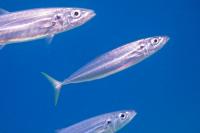
Example: Photo by David R / iNaturalist.org, License: CC BY-NC-SA 3.0 via Fishes of Australia
bookmarktipurpai
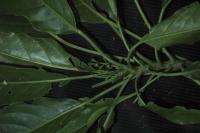
yesu
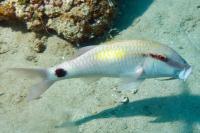
Example: Photo by Lyle Vail / Lizard Island Research Station, License: CC BY-SA 3.0 via Fishes of Australia
bookmark

